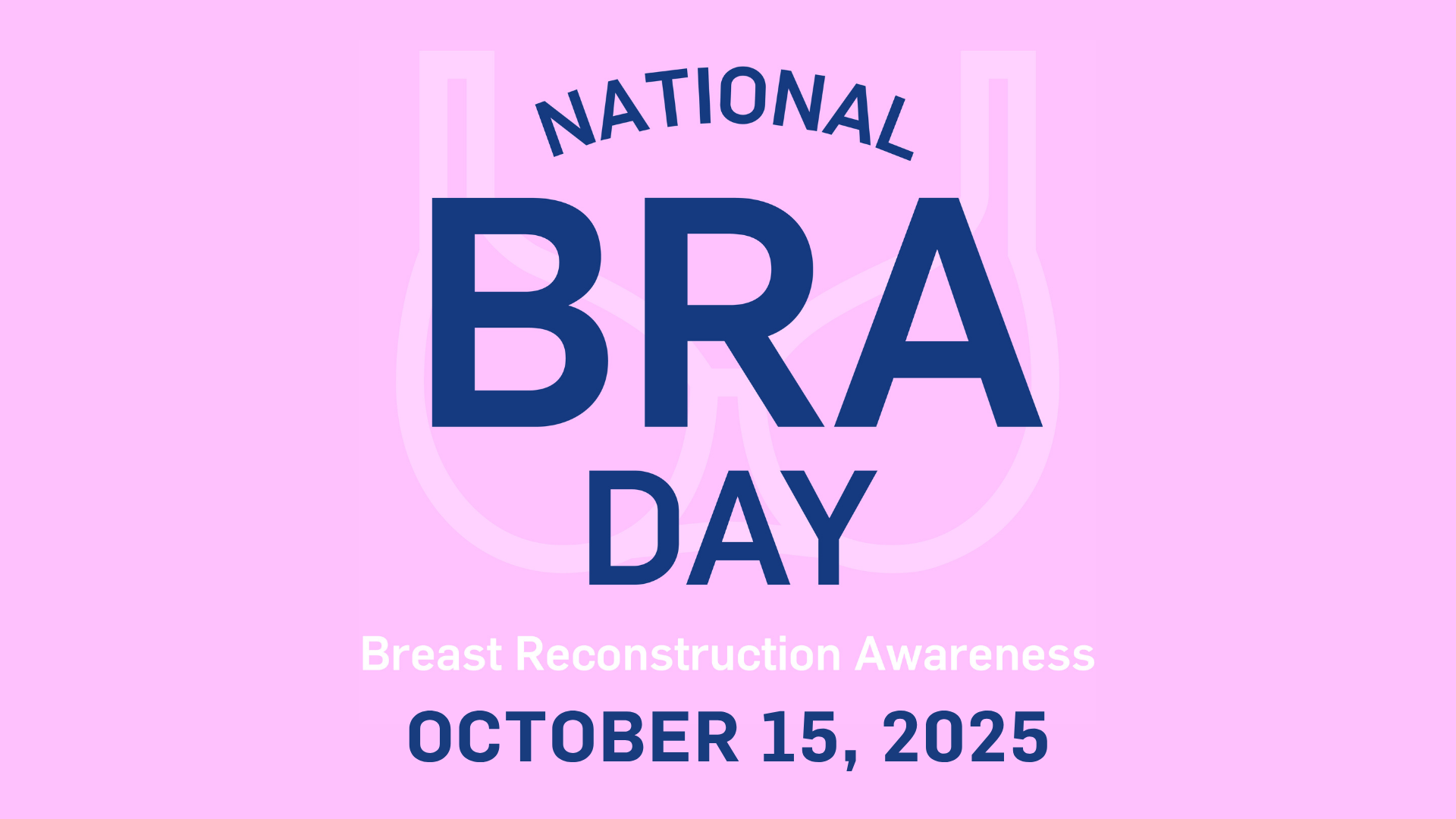How has this research helped transplant candidates?
This research found that a new process to protect the lungs of brain-dead donors (BD donors) can help make more donor lungs available for transplant. After using the new process, about 1 out of 3 (34%) BD donors’ lungs were transplanted, compared to 1 out of 5 (20%) from before using the new process.
Why was this research needed?
Researchers are looking for ways to get more donor lungs to the transplant candidates who need them. A lung transplant is the only treatment that can help patients with severe lung disease live a longer and better-quality life. But less than 25% of lungs from BD donors are healthy enough for transplant.
Researchers designed this study to learn if a new process to protect the lungs of BD donors could save more donor lungs for transplant.
What happened during this research?
In 2008, researchers began using a new process called “lung protective management at Mid-America Transplant’s specialized organ donor care facility. The new process combined many existing strategies, including:
- Having a lung specialist keep track of how well the BD donors’ lungs were working
- Adjusting the BD donors’, ventilator (breathing machine) settings, IV fluids (fluids given through a vein), and medicines, including T4 for blood flow
- Clearing fluids from the lungs with respiratory treatments
- Imaging the lungs, including bronchoscopies (doctors thread a small, flexible tube with a camera through the nose and throat and into the lungs)
Researchers compared the number of donor lungs transplanted at the facility from before the new process (2001-2007) to after the new process (2009-2016).
What did researchers learn?
Researchers learned that the new process helped save more donor lungs for transplant.
The percent of BD donors whose lungs were healthy enough to be transplanted went up after the facility began using the new process.
- 20% of BD donors’ lungs were transplanted (157 of all 791 BD donors) before the new process, to
- 34% of BD donors’ lungs were transplanted (452 of all 1,333 BD donors) after the new process
Researchers also learned that the total number of donor organs that were healthy enough for transplant went up.
What is a brain-dead donor (BD donor)?
An organ donor whose brain is no longer working in any way and never will work again. A BD donor has total and permanent loss of all brain activity based on many tests.
Additional information
Download a PDF of this summary.
Read the original research article at https://www.ncbi.nlm.nih.gov/pubmed/29337122.
Co-authored by:
- Stephanie H. Chang, MD, Washington University School of Medicine
- Daniel Kriesel, MD, PhD, Washington University School of Medicine
- Gary F. Marklin, MD, Mid-America Transplant
- Lindsey Cook, BSN, Mid-America Transplant



